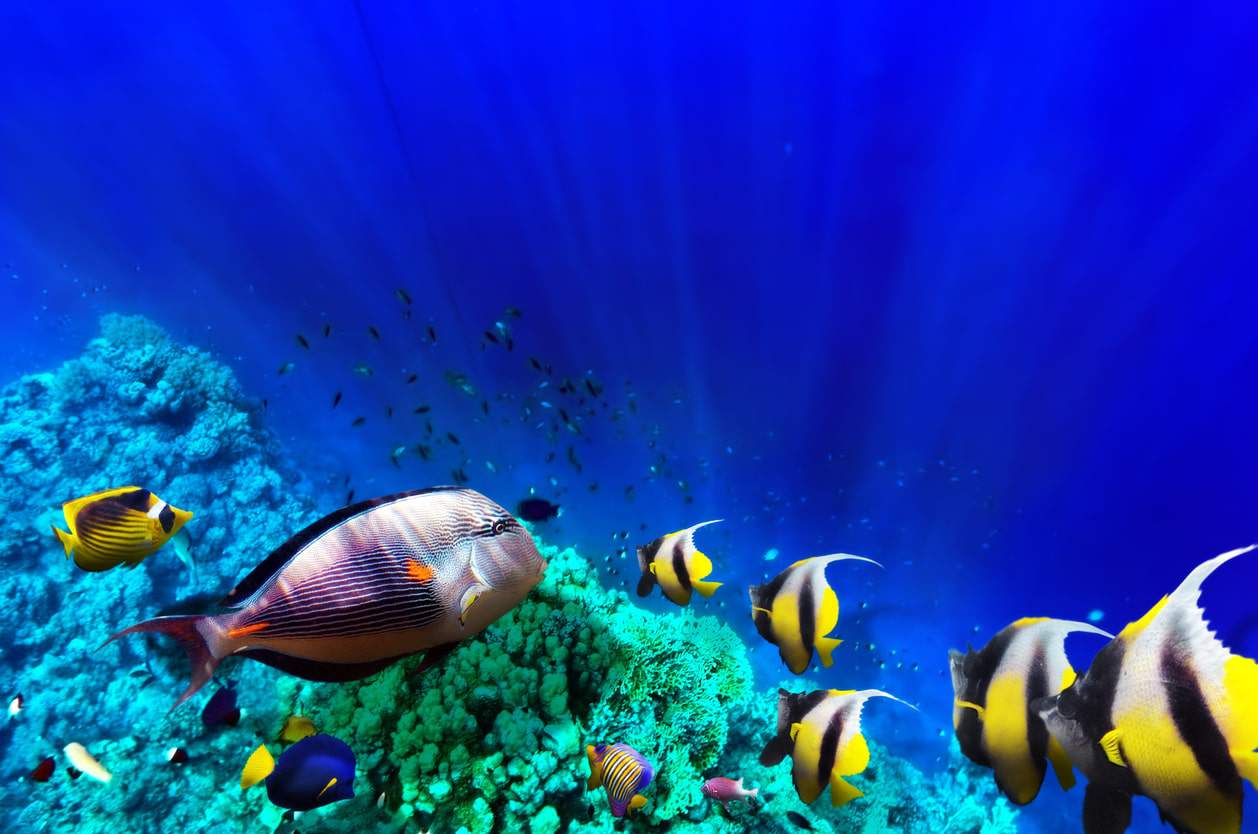Coral reefs are intensely complex ecosystems with species adapted to specific niches. How can ecosystem principles apply to our local San Diego biotech industry, which niches would different organizations fill, and what can we learn from the analogy?
The notion of a business ecosystem is a relatively new concept, formulated in the 1990’s. James Moore describes a business ecosystem as:
“An economic community supported by a foundation of interacting organizations and individuals—the organisms of the business world. The economic community produces goods and services of value to customers, who are themselves members of the ecosystem. The member organisms also include suppliers, lead producers, competitors, and other stakeholders.”
Just as energy flows through a biological ecosystem, capital flows through a business ecosystem to sustain the organisms that dwell within it. So, perhaps, we have our first analog where Capital=Energy. The roles of capital providers such as Square1 Bank, venture capitalists such as Telegraph Hill Partners and private equity groups infuse energy into the ecosystem.
Moore identified other key corollaries of biological and business ecosystems, including:
Complexity
- Businesses grow in complexity and diversity just as biological ones do, with increasing levels of interactivity and interconnectedness as time passes and growth is realized. A complex system is “one whose properties are not fully explained by an understanding of its parts.” This statement resonates with the biotechnology business ecosystem as well. San Diego’s biotech ecosystem has significantly increased in complexity and size over the past years, starting with Hybritech (acquired by Eli Lilly) and growing to include firms like Invitrogen (Acquired by ThermoFisher) and Illumina. With each phase, companies gained complexity and required more local, specialized infrastructure – from providers of dry ice (e.g. Praxair) to real estate for laboratories (e.g. CBRE).
Self-Organization and Emergence
- By definition, self-organizing ecosystems are defined as having features that arise without intervention from a controlling third-party. Groups, such as Biocom, are critical to supporting self-organization by providing a mechanism for contacts and meetings, but do not control the process. Similarly, CONNECT puts entrepreneurs in contact with needed resources to assist in the emergence of new companies, but they also do not control the process. Angel investors not only provide energy for the ecosystem (capital), they are responsible for the emergence of fledgling business.
Co-evolution
- From a biological standpoint, co-evolution is a change in species that interact with one another. In the same vein, businesses coevolve roles and capabilities, and align themselves with other members of the ecosystem. Vision, investments and mutually beneficial arrangements are generated in this fashion. A company like Argonaut not only evolves with the companies they work with, but help their evolution as well. As manufacturing is made more efficient, companies redeploy resources on new projects.
Adaptation
- Adaptation is the process in which an organism changes itself to better harmonize with its environment. Governmental regulation and taxation can force ecosystem members to adapt and change, contributing to co-evolution self-organization, and complexity. The biotech community in San Diego benefited from government intervention when voters approved the California Institute for Regenerative Medicine (CIRM) that led, in part, to funding of the Sanford Consortium for Regenerative Medicine. Educational institutes such as UCSD, Salk Institute, and Scripps Research Institute train each new generation of researchers on the latest cutting-edge technique, giving new tools and key knowledge to the local biotech business community.
Read our next part of the series on Business Ecosystems in the San Diego Biotech arena where we are discussing self-balance, predators, and prey. Is your organization predator or prey?
Thoughts or comments on the idea of a business ecosystem? Let us know below!
Find out more about Moore’s definition of a business ecosystem in this video:
Written by Wayne Woodard and James Gilmore

